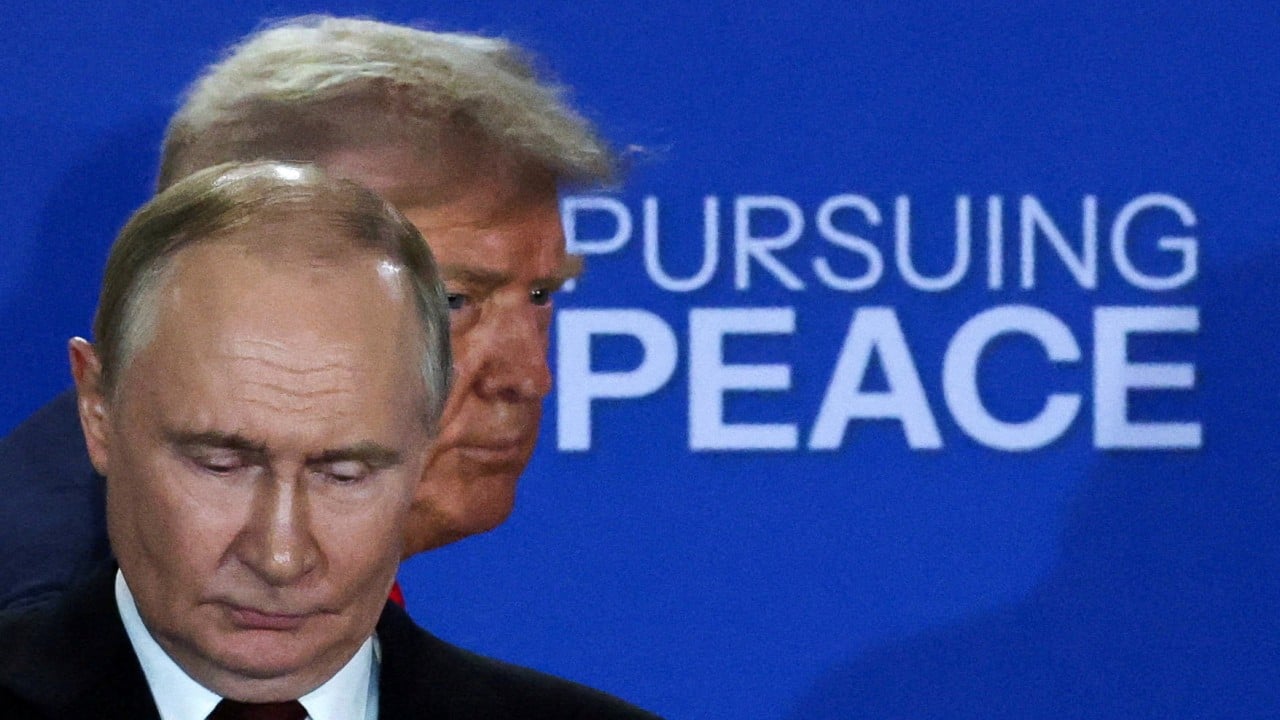When Russian President Vladimir Putin met US President Donald Trump on August 15, in Anchorage, Alaska, the geographic significance of the event was not lost on Russian observers. Putin became the first Russian leader to visit the former colony at a time when the Arctic is a high priority in Russia’s foreign policy strategy.
Advertisement
However, the summit itself was an anticlimax. Peace in Ukraine remained postponed; there was a meagre readout and the delegation lunch was cancelled.
As Putin remarked earlier, when it comes to negotiations, “all disappointments come from inflated expectations”. Instead, let’s look at the Alaska summit for what it is – not a provider of immediate peace but a step towards a grand deal. It should be understood in the context of what the war means to its belligerents, how the format of the meeting transforms global diplomacy and how the meeting affects other great powers, including China.
Since the outbreak of fighting on February 22, 2022, Europe has spared no expense. It has invested everything possible, draining its defence stockpiles, to prop up Ukraine’s conscripts. French President Emmanuel Macron gave an example of Europe’s tone in February last year, saying, “Nothing should be excluded. We will do everything that we must so that Russia does not win.”
Europe sees the conflict as an ontological war that threatened the “rules-based order” that Brussels holds so dear. The often-repeated phrase “illegal and full-scale invasion” shows the scale of Brussels’ worries. For Russia, though, the invasion was neither illegal nor full-scale.
Advertisement
Even after over three years of conflict, Putin reiterated in Alaska that he saw Ukrainians and Russians as essentially one people, “no matter how strange it may sound in today’s circumstances”. Many in Russia mirror this viewpoint and see what is happening as a civil war with foreign intervention. It is an important regional conflict but not existential. The underlying causes of the conflict are outside Ukraine itself.

